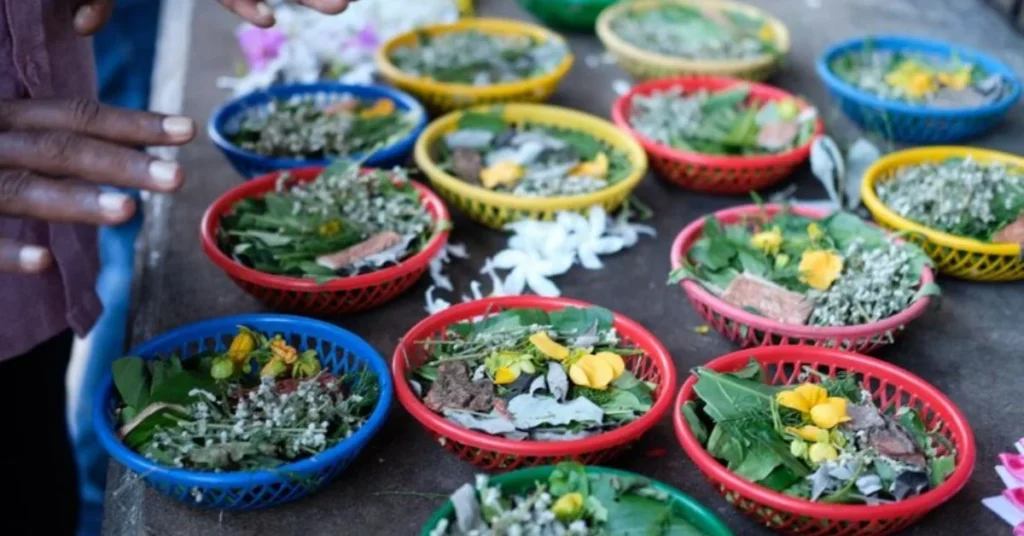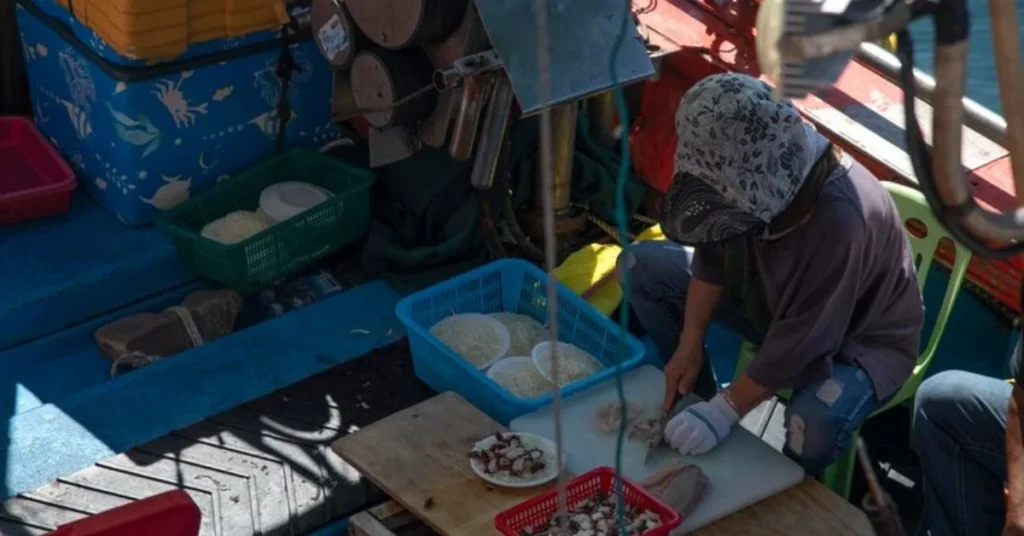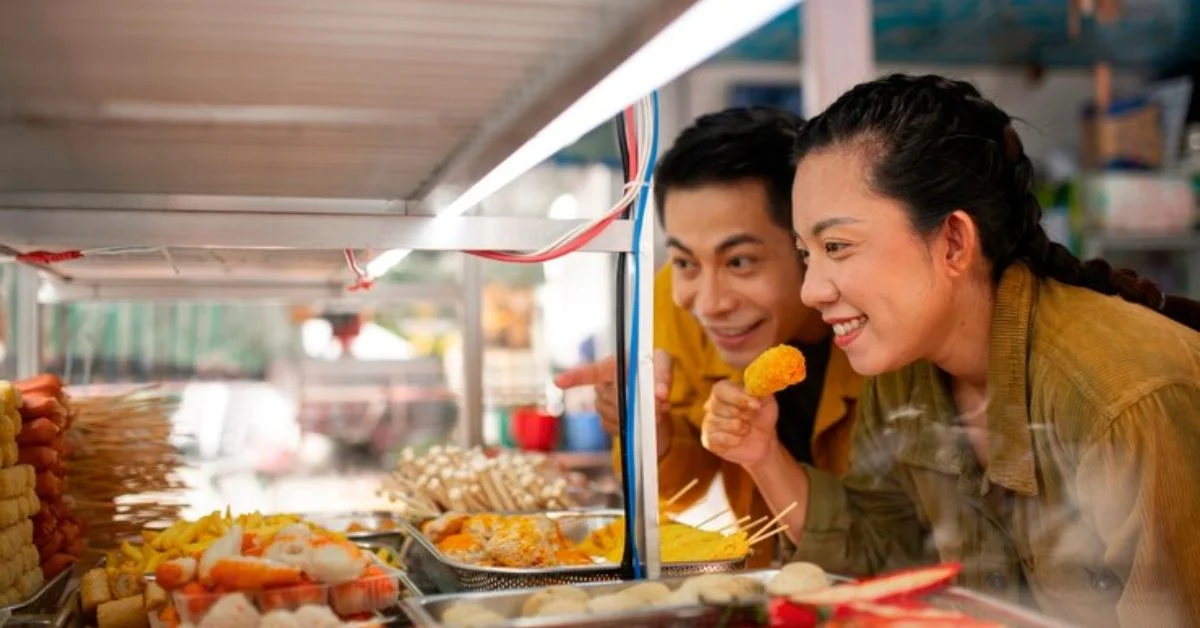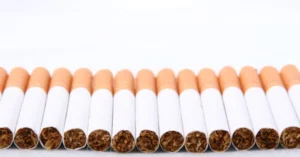Chinatown Hawker Leftovers Consumption- In Singapore’s Chinatown, hawker centres produce hundreds of dishes daily. However, underlying all that activity is a less well-known story: the eating of hawker leftovers. The essay delves into the intricate ethical, social, and environmental concerns related to this subject. We’ll see how society responds, why some people eat their leftovers, and how to make this problem into a sustainable opportunity.
Understanding Chinatown’s Hawker Culture
Hawker centres in Chinatown are cultural centres that are alive and well, serving as more than just food courts. They highlight the diverse cuisine of Singapore, where cheap meals are prepared using traditional recipes. Hainanese chicken rice, laksa, and char kway teow are among of the most popular delicacies here, and both residents and tourists come to enjoy them.
But with this popularity comes high volume food service, and consequently, large amounts of food waste.
A Day in the Life of a Hawker Center
- Early morning prep begins by 5 AM.
- Peak hours: 12 PM to 2 PM.
- Leftovers and unsold food pile up by evening.
- Cleaners dispose of untouched or partially eaten meals.
Leftovers in Hawker Centers: What Are We Talking About?
When we talk about “leftovers,” there are generally three types:
- Customer leftovers: Uneaten portions from someone else’s plate.
- Unsold cooked food: Meals that hawkers couldn’t sell by end-of-day.
- Preparation waste: Unused ingredients or trimmings.
Why People Consume Hawker Leftovers
The motivations vary, but here are the most cited reasons:
- Economic hardship: Lower-income groups may turn to leftovers out of necessity.
- Environmental consciousness: Some activists promote reducing waste.
- Cultural practices: In certain Asian households, wasting food is taboo.
“I don’t see it as shameful,” shares Mr. Lim, a 72-year-old retiree. “I just hate seeing food thrown away.”
While noble in intent, the practice raises many eyebrows.
Health and Safety Concerns
Consuming food that has been touched, exposed, or stored improperly poses health hazards:
- Bacterial contamination (e.g., E. coli, Salmonella)
- Cross-contamination from cleaning agents
- Foodborne illnesses due to temperature fluctuations
MOH Regulations
Singapore’s Ministry of Health (MOH) does not endorse the redistribution of plate leftovers due to hygiene issues. However, it encourages reducing unsold food waste through safe channels.

Cultural and Social Stigma
Despite environmental and ethical arguments, eating other people’s leftovers is seen as socially unacceptable by many Singaporeans.
- Perception of poverty
- Fear of judgment
- Cultural emphasis on cleanliness and hygiene
This stigma prevents open dialogue about food insecurity and waste reduction.
Environmental Impact and Sustainability
The Waste Problem
Hawker centers contribute significantly to urban food waste:
- Estimated 30-40% of prepared food is discarded daily.
- This translates to thousands of kilograms of waste per year per location.
Benefits of Reducing Food Waste
- Lower greenhouse gas emissions
- Reduced landfill use
- Ethical food redistribution
“Food waste is a moral and environmental crisis,” says Dr. Amy Teo, environmental scientist. “We must find culturally appropriate ways to tackle it.”
Government and NGO Involvement
Singapore has taken multiple steps to reduce food waste:
- NEA’s Say YES to Waste Less campaign
- Food Rescue programs by NGOs like Food from the Heart and The Food Bank Singapore
- Partnerships with hawkers to collect unsold but edible food
Still, no formal policy supports consumption of plate leftovers.
Ethical and Legal Considerations
From an ethical standpoint, the issue lies between:
- Utilitarian benefit: Is it better to waste food or let someone eat it?
- Dignity and rights: Should anyone have to eat off another’s plate?
Legal Framework
- Selling reused or secondhand food is illegal under Singapore’s food safety laws.
- However, voluntary redistribution of unsold cooked food is allowed under specific conditions.
Real-Life Perspectives: Stories from the Ground
Meet Auntie Siew
Every evening, Auntie Siew walks through Chinatown’s Smith Street, quietly collecting untouched food trays. A former cleaner, she says she doesn’t beg or ask—she simply looks for what’s left behind.
“Sometimes it’s chicken rice, sometimes noodles. I take only what looks clean.”
She is not alone. There are at least 50 known individuals in the area doing the same, according to informal community reports.
A Path Forward: Responsible Leftovers Management
Rather than criminalize or stigmatize, a more productive approach would include:
- Clear hygiene protocols for redistributing unsold food.
- Community fridges near hawker centers.
- Education campaigns on food waste.
Policy Suggestions
- Develop app-based systems for last-minute food pickups.
- Incentivize hawkers to donate food.
- Collaborate with logistics firms for quick redistribution.

Conclusion: Hawker Leftovers
There are several facets to the multi-faceted problem of eating leftovers from Chinatown hawkers. Sustainability, public health education, and social support are all highlighted as areas that need improvement. Even while it’s unlikely that eating food off of plates would ever be considered acceptable, recycling food that goes uneaten is a great start.
Whether it’s becoming less wasteful as individuals, lending a hand to food rescue groups in our communities, or pushing for changes in government policy, we can all make a difference.
FAQs
1. Is it safe to consume hawker leftovers?
Generally, food safety experts advise against consuming plate leftovers due to contamination risks. However, unsold cooked food may be safe if stored correctly.
2. Why do some people in Chinatown eat hawker leftovers?
Economic hardship, food insecurity, and a desire to reduce waste are among the main reasons.
3. Is it legal to redistribute food in Singapore?
Redistributing unsold but safe food is legal if it adheres to food safety guidelines. However, repurposing plate leftovers is not sanctioned.
4. What are some sustainable ways to reduce hawker food waste?
Implementing community fridges, food rescue programs, and tech-driven redistribution models are effective strategies.
5. How can I help reduce food waste in my area?
Support food rescue NGOs, avoid over-ordering, and educate others about the environmental impact of food waste.
For more information, click here.









